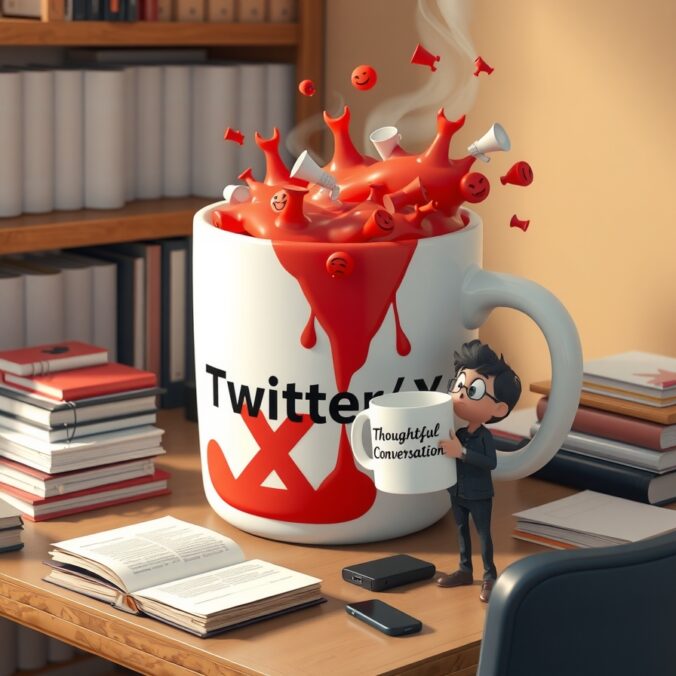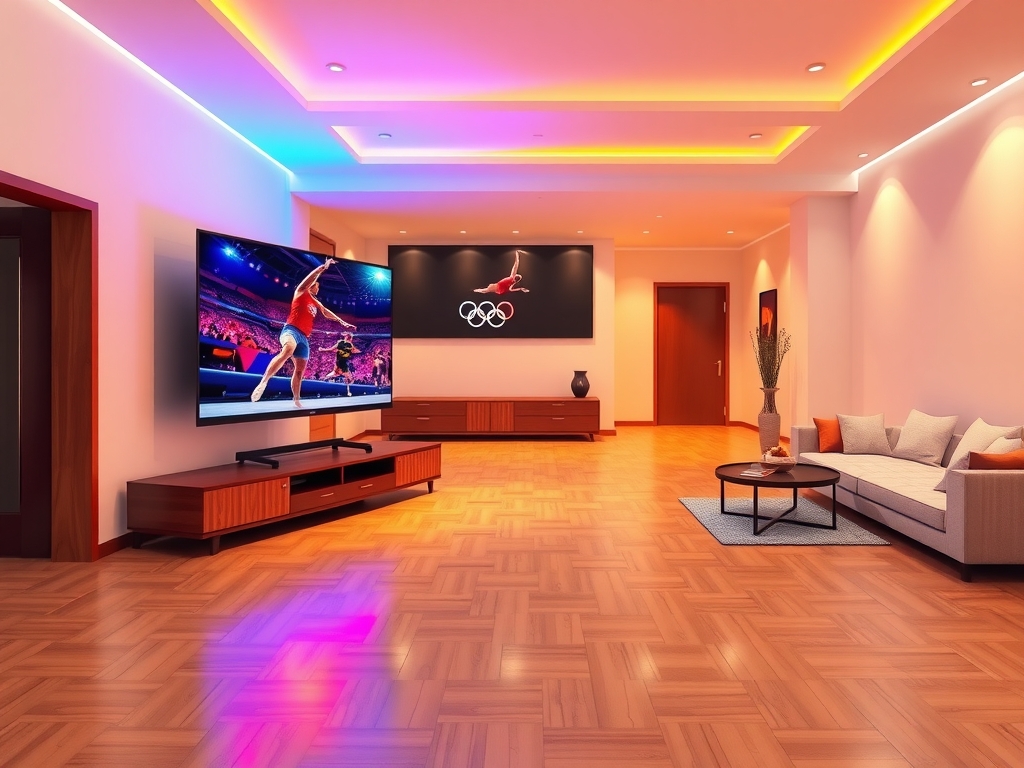On one hand, you could say baseball is thriving. Revenues are over Gross revenues are $10 billion, National TV ratings are up, and many teams have lucrative local or regional TV deals that help pay the bills and then some. Plus, every time an NBA or NFL team gets sold for a new record, each team sees its valuation go up as well.
But then there’s that pesky issue of attendance and fan interest. From Forbes, “The 2017 regular season saw a total of 72,670,423 in paid attendance across the league. This was the first time since 2010 that attendance dipped below the 73 million mark, which was surprising.”
People will argue why attendance is down, but most ideas fall around a central theme. The games are too long for today’s environment, often too boring, and the reliance on stats and analysis to make the smartest decisions possible takes the fun and unpredictability out of the game. Heck, even former players think the game is boring now. Jim Kaat says they should only play seven innings.
I made a comment earlier this week that I thought baseball was at its “Kodak Moment.” By that I meant, there was a time in the 1990’s when Kodak was making heaps of cash with a near monopoly on film and film development. Digital cameras kind of existed, but Kodak didn’t want to believe that people would prefer digital over film, so they just to keep looking at their stacks of cash, half-heartedly built some bad digital cameras, and ignored the direction the market was going. It’s easy to forget that in the mid-90’s, Eastman Kodak was a $90 stock. Today it’s barely above $5.00.
Compare that to Major League Baseball today. Heaps of cash, a storied history and a plethora of purists who want to make sure the game never changes. And the new entrants to their market are eSports and a growth in soccer, where people can get in and out of a match in a guaranteed 105 minutes. The market is shifting, and 10 years from now, you might be able to make an argument that the 2017 World Series may have been baseball’s apex.
But a savior has arrived, and its name is Legalized Gambling.
Today betting on a baseball game is dumb. Choose odds on a game or a point spread and hope for the best. It’s unpredictable at best, a monkey throwing darts at worst. Plus, why watch the game? All you need to do is check the score in the morning.
But the 2020 version of Legalized Sports Betting is intriguing. Be in the park or on your couch. Open your mobile phone app. Bet a tiny micro amount on each inning or each at bat. 2.5 to 1 he gets a hit. 2 to 1 they score a run. 10 to 1 there’s a home run in the inning. 1 to 1 there’s a strikeout. You could make 50-100 bets at $.25 to $2.00 per bet and the game would be awesome every pitch. And realistically, you’re probably only going to win or lose $10 to $20 per game unless you are exceedingly good or bad. A small price to pay for three hours of entertainment.
Baseball needs to get behind this. Having people actively involved on a batter by batter basis is akin to Fantasy Football players watching the 4th quarter of a 34-7 blowout to see if their receiver can pick up 60 cheap yards in garbage time. It would be great for the game, and engage a whole new set of fans who need instantaneous entertainment on their mobile devices. This generation of fans wouldn’t even need to watch the whole game – they could log in for an hour, play 20-30 bets, and then move on with their day.
Baseball need to embrace this. Don’t listen to the people who want to make fancier film. Go where the market wants to go.



